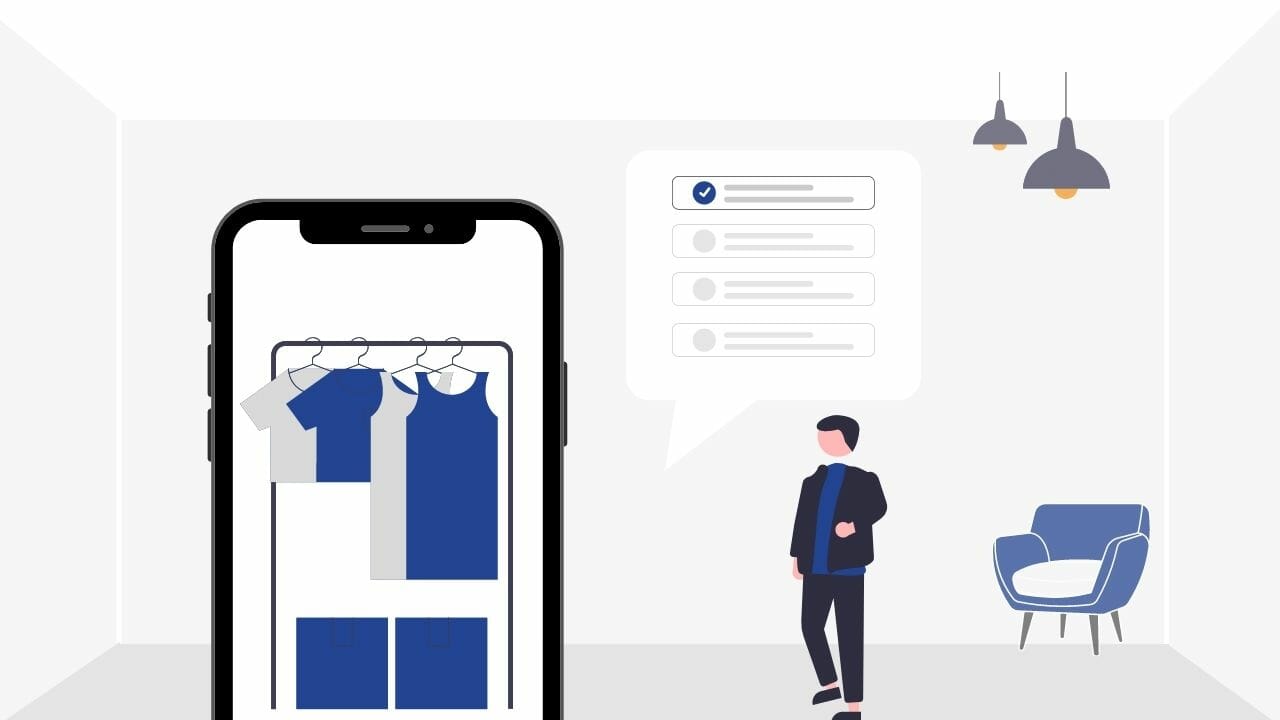4 Tips for Developing e-Commerce in Fashion


I joined the Icecat family last 20th of June as a marketing and sales assistant for the French market. Currently, I am studying for my bachelor’s degree in international business management between France, Switzerland, and Germany. This is a unique experience and opportunity to further improve my skills in sales and marketing. But also in communication, leadership, and language skills. In addition, I want to develop the French sports market and allow Icecat to create new partnerships in this sector. In this blog article, I will focus on the fashion sector. An industry that would be more than interesting to develop within Icecat given its evolution and its economic potential.
Since the pandemic, online sales in the fashion industry have seen a boost. According to the National Institute of Statistics and Economic Studies, the fashion industry noticed an increase in sales of 22% compared to 3% in the previous period. But, of course, it is linked to restrictions and lockdowns, which force people to buy on the Internet. In France, for example, approximately 30% of the French purchased fashion articles online during the pandemic.
Buy online
Buying online has become more attractive for people because of the wide choice offered by brands and retailers. For example, Nike, Asos, Zalando, and La Redoute. Also, because of the attractive prices shown compared to physical stores. Furthermore, customer review is also essential to generate more online sales. For brands and retailers to develop e-commerce fashion, four fundamental rules are to be respected in e-commerce fashion:
1. Use social networks
Make sure to use social networks and combine these: post regularly, create events, make partnerships, use Instagram shopping posts, and start advertising with content such as images and videos. This can generate another source of income and strengthen customer satisfaction. These social media platforms are an efficient way to gather new potential customers as the network allows us to see what other people are looking at and talking about through reviews, comments, likes, and dislikes. Furthermore, this helps marketers to design their social media marketing strategies. And we all know that effective customer service generates happy and loyal customers, which may help to bring new customers to a brand.
2. Use new technologies
Use and develop new technologies:
- Artificial Intelligence allows you to regain the feeling of talking to a human, which was very complicated during the Covid period. It is, therefore, necessary to foresee the future and develop more and more intelligent and performing AI in order to offer the best possible services to customers.
- Chatbots can deliver exceptional customer experience by reducing waiting times and offering consumers immediate convenience.
- Virtual reality, with more development and despite the important cost that it represents, is key to making consumer experiences more immersive and allowing them to have real-time interaction with the products while being in their own environment.
3. Use marketplaces
Using marketplaces is an excellent way to streamline the production process and allow small brands to be present and generate a wide range of potential consumers. While browsing products on marketplaces, customers are more likely to come across products they didn’t intend to buy in the first place. Another positive point is that they eliminate storage problems. Keeping too much or too little stock has always been a negative point, but with marketplaces, this is solved.
4. Environmental aspect
Pay attention to the environmental aspect. But also respect for working conditions: recycling, secondhand clothes, wages, and working hours in compliance with government regulations.
It would also be very wise to focus on the final packaging with less single-use plastic waste and more recycled packaging.
However, whether dominant or not, brands and retailers face growing demand from online visitors. The visitors are challenging to satisfy. But possible by maintaining basic and product content and including enhanced content like Product Stories. Enhanced content allows brands and retailers to transform visitors into customers.
Recent Posts
Aces Direct Enhances Online Shopping with Icecat’s Rich Content
Aces Direct, a leading IT business partner in the Netherlands with an online webshop, is…
EU’s VLOP Rules Are “Too Strict” for Marketplaces
The German e‑commerce association Bevh (Bundesverband E‑Commerce und Versandhandel Deutschland) has urged EU regulators to rethink the…
How Labubu Turned Pop Mart Into a $1.8 Billion Toy Powerhouse
How did a mischievous, fluffy creature with sharp teeth come to outperform toy giants like…
Building a Smarter, Greener Digital Supply Chain Through Better Product Content Practices
As the Country Manager for Icecat in the UK, I speak with brands, distributors, and…
The New EU Energy Label for Mobile Devices: What Brands and Resellers Need to Know
Starting June 20, 2025, the European Union has enforced a new mandatory energy label for…
AI Search Shakes Up Google’s Reign: What It Means for Product Stories
The world still "Googles"—but more often it also prompts, circles or asks an AI search…


